SAINT JEROME IN HIS STUDY
FLEMISH SCHOOL, Antwerp, circa 1515–1530
Formerly attributed to the Master of the Lille Adoration
Oil on panel
95 x 75 cm / 37.4 x 29.5 in
SAINT JEROME IN HIS STUDY
BETWEEN DÜRER AND THE FLEMISH RECEPTION
The iconography of Saint Jerome in his study is one of the most intricate and layered in Western European painting of the 15th and 16th centuries. Its symbolic inception is widely associated with the work of Jan van Eyck, whose painting on this subject—probably completed posthumously and now in the Detroit Institute of Arts—was the first to depict the saint as a learned humanist, immersed in the study of Scripture. This innovative portrayal deviated from the ascetic hermit tradition, forming a new iconographic type where books, a writing desk, and a meticulously detailed interior became bearers of theological meaning.
The origins of this iconography are closely linked to Cardinal Niccolò Albergati (1375–1443), a distinguished intellectual of his time and bishop of Bologna. His meeting with van Eyck in 1435 in Atrecht (Arras) led to a celebrated portrait—first in drawing and later as a painting (1438)—which was followed by the Saint Jerome in His Study (1442). This painting later entered the Medici collection and is listed in the 1492 inventory, underscoring its exceptional status.
Despite its modest size, van Eyck’s depiction had a major influence on Florentine painting, where it was embraced through a humanist lens. This can be seen in Domenico Ghirlandaio’s 1480 fresco, where the thoughtful pose, the lion in the foreground, and a detailed interior become standard iconographic features.
TWO ICONOGRAPHIC TYPES: PROFILE AND FRONTAL VIEWS
A pivotal testimony to the frontal representation of the saint is Antonio da Fabriano’s Saint Jerome in His Study (1451, Walters Art Museum, Baltimore). As noted by Till-Holger Borchert, this composition likely derived from van Eyck’s now-lost Lomellini Triptych, which was housed in the royal apartments of Alfonso of Aragon and described in detail by humanist Bartolomeo Facio in De viris illustribus (1456).
From these works, two iconographic models emerged: the profile view, widely adopted in Florence, and the frontal view, dominant in Naples, Genoa, and notably Venice.
FROM CARPACCIO TO DÜRER: A NORTHERN REINVENTION
The frontal view underwent a revival in Venice through Vittore Carpaccio’s Vision of Saint Augustine (1502, Scuola di San Giorgio degli Schiavoni). Though the saint depicted is not Jerome, the architectural setting, contemplative posture, and presence of symbolic attributes align with the Jerome tradition.
Albrecht Dürer likely encountered such Venetian models during his Italian journey. He synthesized them in his engraving Saint Jerome in His Study (1511, B.60), a work that became so influential it defined the iconography for generations. Dürer revisited the subject in 1514, creating a quieter, more introspective version marked by refined chiaroscuro and symbolic density.
THE PAINTING FROM MAXIMOWICZ FINE ARTS:
A UNIQUE PAINTED TESTAMENT TO DÜRER’S LEGACY
The painting Saint Jerome in His Study (Flemish school, c. 1515–1530), from the Maximowicz Fine Arts collection, is a rare and important example of a painted reinterpretation of not one, but two of Dürer’s works—his 1511 and 1514 engravings.
The composition closely follows the 1511 engraving, placing Jerome in a deep interior, surrounded by symbolic attributes: crucifix, inkpot, hourglass, scrolls, and the lion. Simultaneously, elements from the 1514 engraving appear—the skull on the cushion, a characteristic window, and a softened atmospheric lighting. These combined references reveal an intentional synthesis: the artist did not copy, but reimagined Dürer, creating a unified and thoughtful interpretation.
Stylistically, the work can be attributed to the circle of Dirk Vellert, the prominent Antwerp glass painter and engraver. After Dürer’s visit to Antwerp in 1520–1521, his influence on local workshops intensified significantly. As Ellen Konowitz notes, Vellert engaged with Dürer’s graphic inventions not by mere replication, but through meaningful reinterpretation. It is likely that the master behind this painting worked within or alongside this artistic network.
This panel is thus a highly significant example of how Dürer’s visual ideas, especially in printmaking, permeated northern European painting. To date, this is the only known painted repetition of Dürer’s 1511 engraving executed with such precision and fidelity. A comparable visual echo exists only in the illuminated miniature by the Polish artist Stanisław Samostrzelnik (1524), painted on parchment.
From an art-historical perspective, the work is not only a rarity but a compelling witness to the cultural transfer of iconography across genres, media, and geographic regions. As such, it holds a key place in any discussion of the reception of Saint Jerome in early modern European art.
PROVENANCE AND LITERATURE
This painting also enjoys a distinguished provenance. Formerly in the collection of the sculptor and restorer Richard Moest (1841–1906) in Cologne, it entered the Suermondt-Museum in Aachen in 1907. It was published in the Hugo Helbing auction catalogue (Munich, 1917, lot 16) as a 16th-century German master after Dürer (Hl. Hieronymus im Gehäus). It later appeared at Nagel Auktionen, Stuttgart, in 2019 (lot 586), before entering a Parisian private collection.
The painting is also reproduced in the catalogue Collectionieren – Restaurieren – Gotisieren. Der Bildschnitzer Richard Moest (Aachen, 2006–2007), confirming its recognition in museum and scholarly contexts.
PROVENANCE
(probably) 1771 Amsterdam, Gerrit Braamkamp sale, lot 59 (as DURER Albert, Een Binnenvertrek, waarin Heilige Jeronimus zit te schryven; op den voorgrond ligt een Leeuw. Dit stuk is zeer fraay uitgevoerd; sold for 220). This evidence is taken from the description of picture from the later Hugo Helbing's sale. But in the catalogue of Braakamp picture attributed to Durer has absolutely another dimensions -15 x 12 inches. Sure, we can suggest mistake in the Braakamp's sale catalogue.
Köln, collection of sculptor and restorer Richard Moest (1841-1906) till 1907, when the collection was bough by city of Aachen
Aachen, Suermondt-Museums
Hugo Helbing, Munchen, Katalog von alten Gemälden, Skulpturen, Schnitzereien und Möbeln aus dem Besitz der Städtischen Museen Aachen, 6 June 1917, lot 16 (as Oberdeutscher Meister, 16. Jahrhundert. (Nach Albrecht Dürer.) 16 Hl. Hieronymus im Gehäus.). Abbildung Tafel III.
Nagel Auktionen, Stuttgart, Kunst, Antiquitäten & Schmuck, 17 October 2019, lot 586 (as DEUTSCHLAND 16./17. Jahrhundert Der Heilige Hieronymus).
Paris, private collection
RELATED LITERATURE
Collectionieren – Restaurieren – Gotisieren. Der Bildschnitzer Richard Moest 1841 – 1906. Katalog zur Ausstellung zum 100. Todesjahr (Hrsg. Preising, Dagmar), Suermondt-Ludwig-Museum Aachen, 02.12.2006 – 22.04.2007, Köln 2007


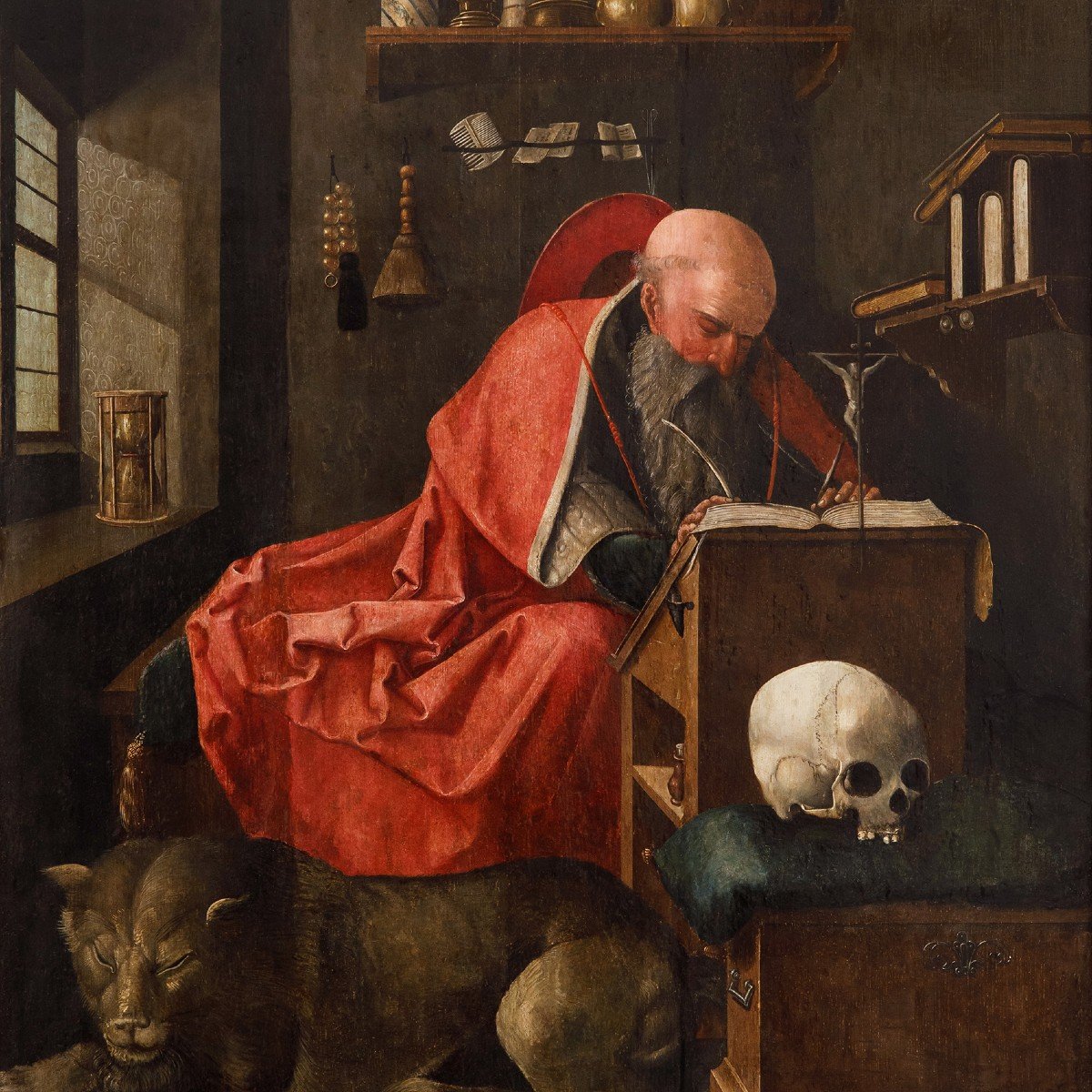

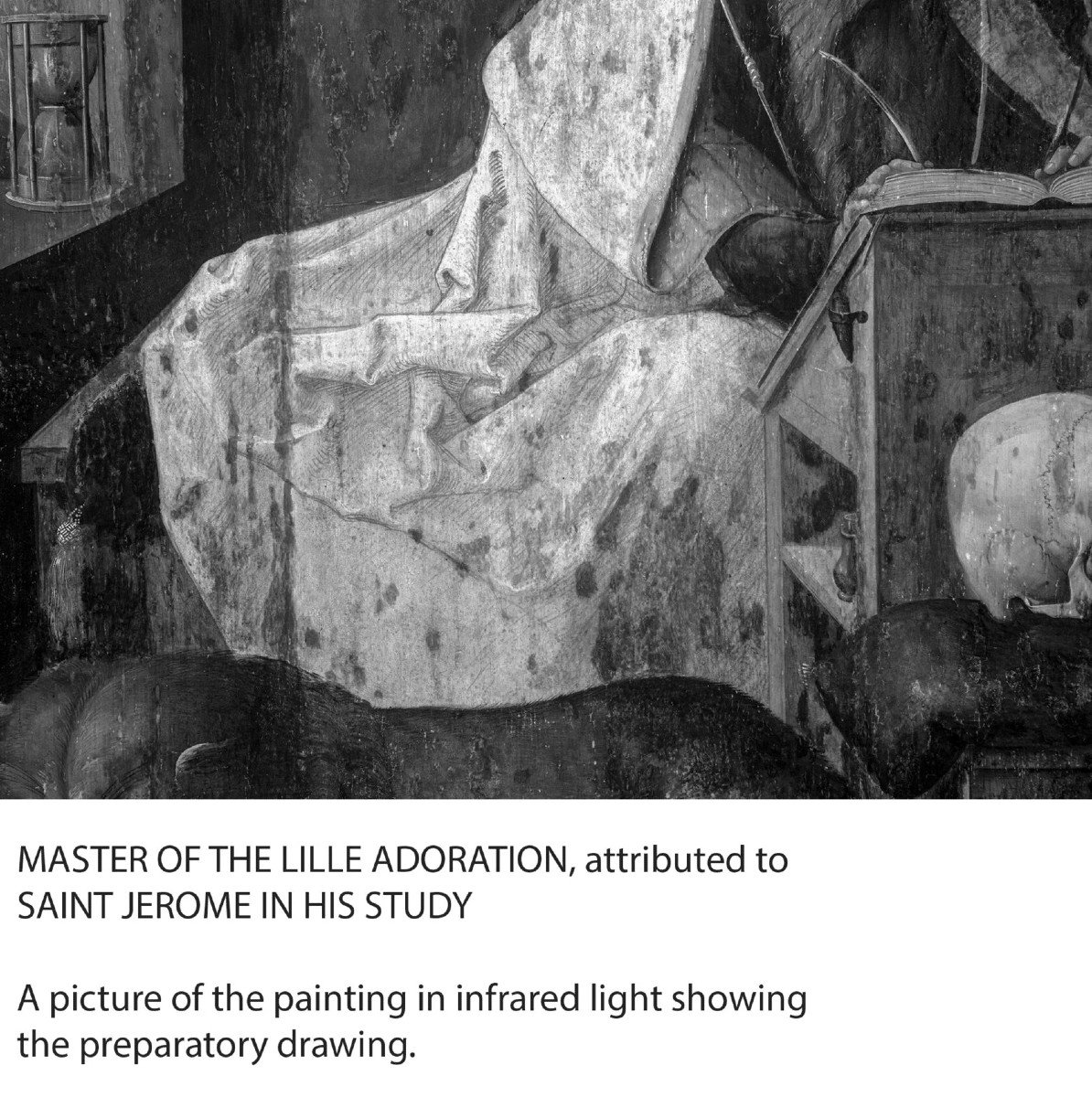
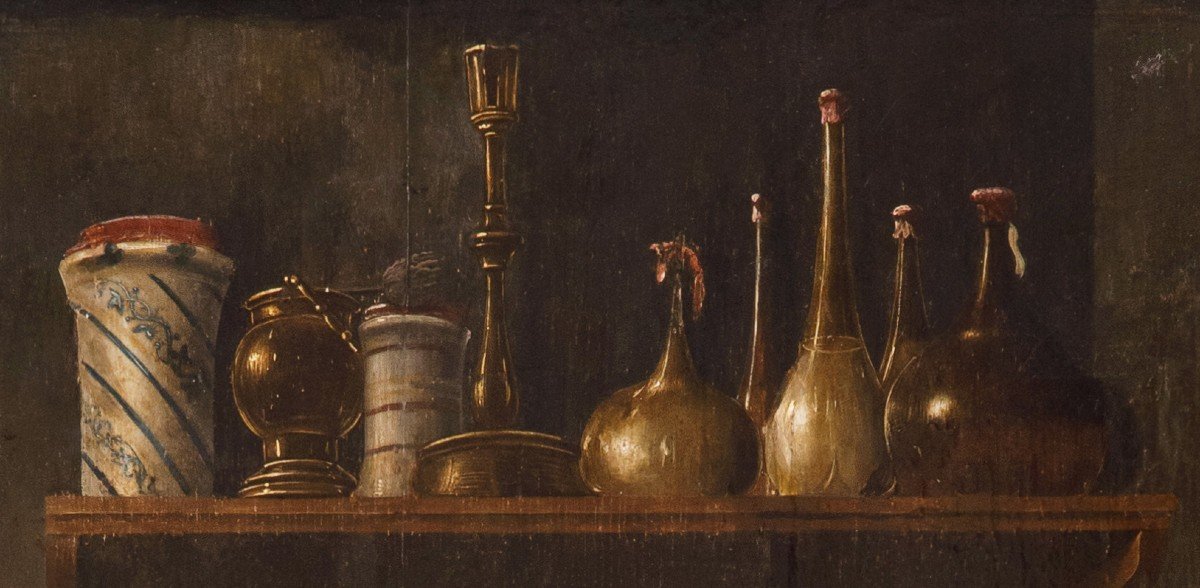

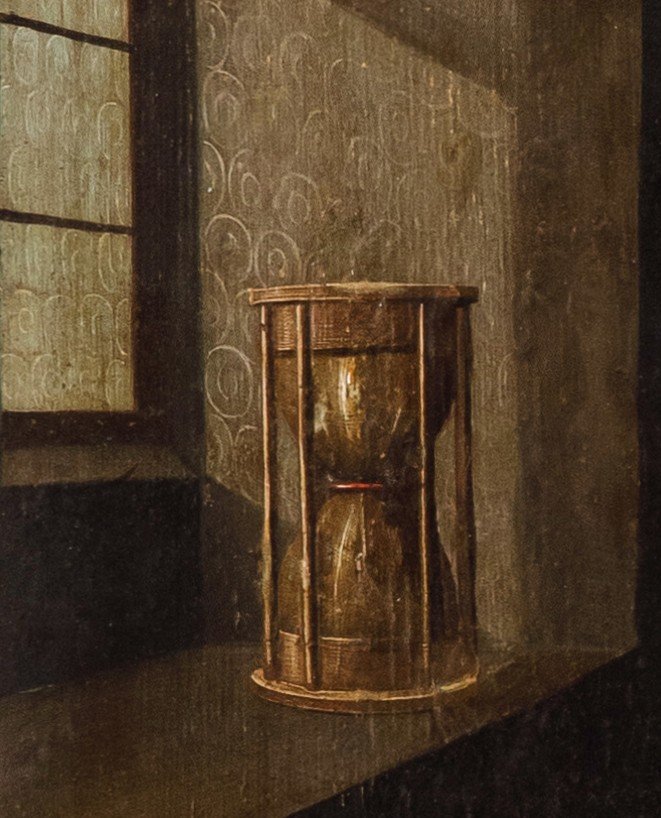
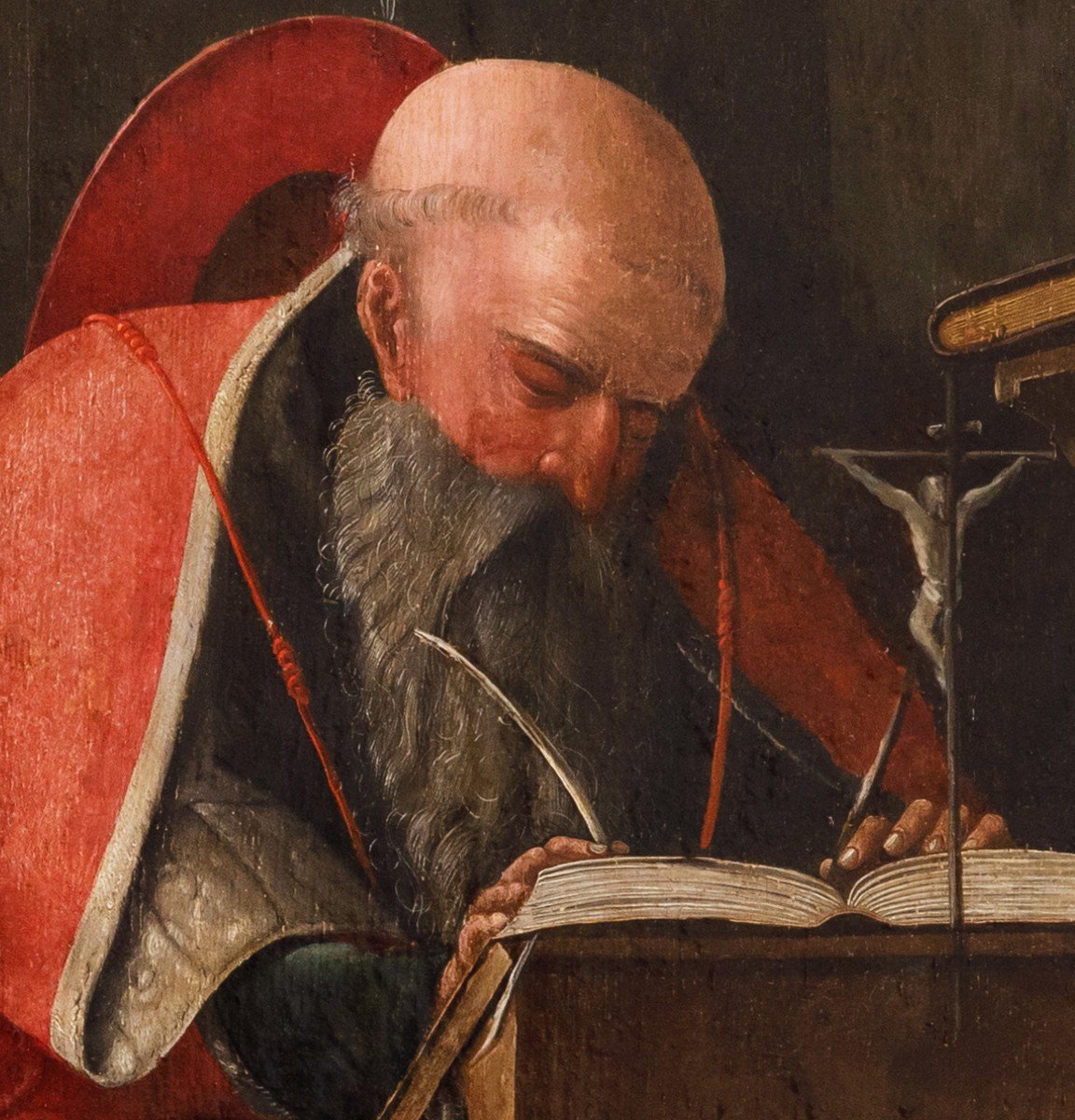
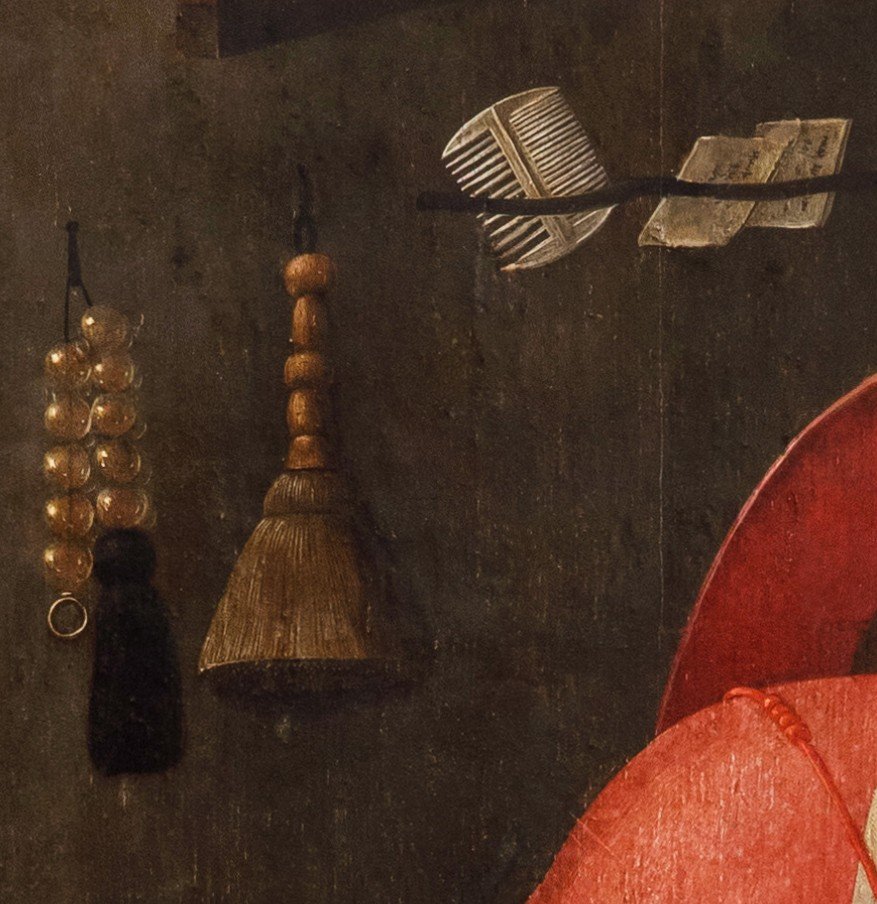

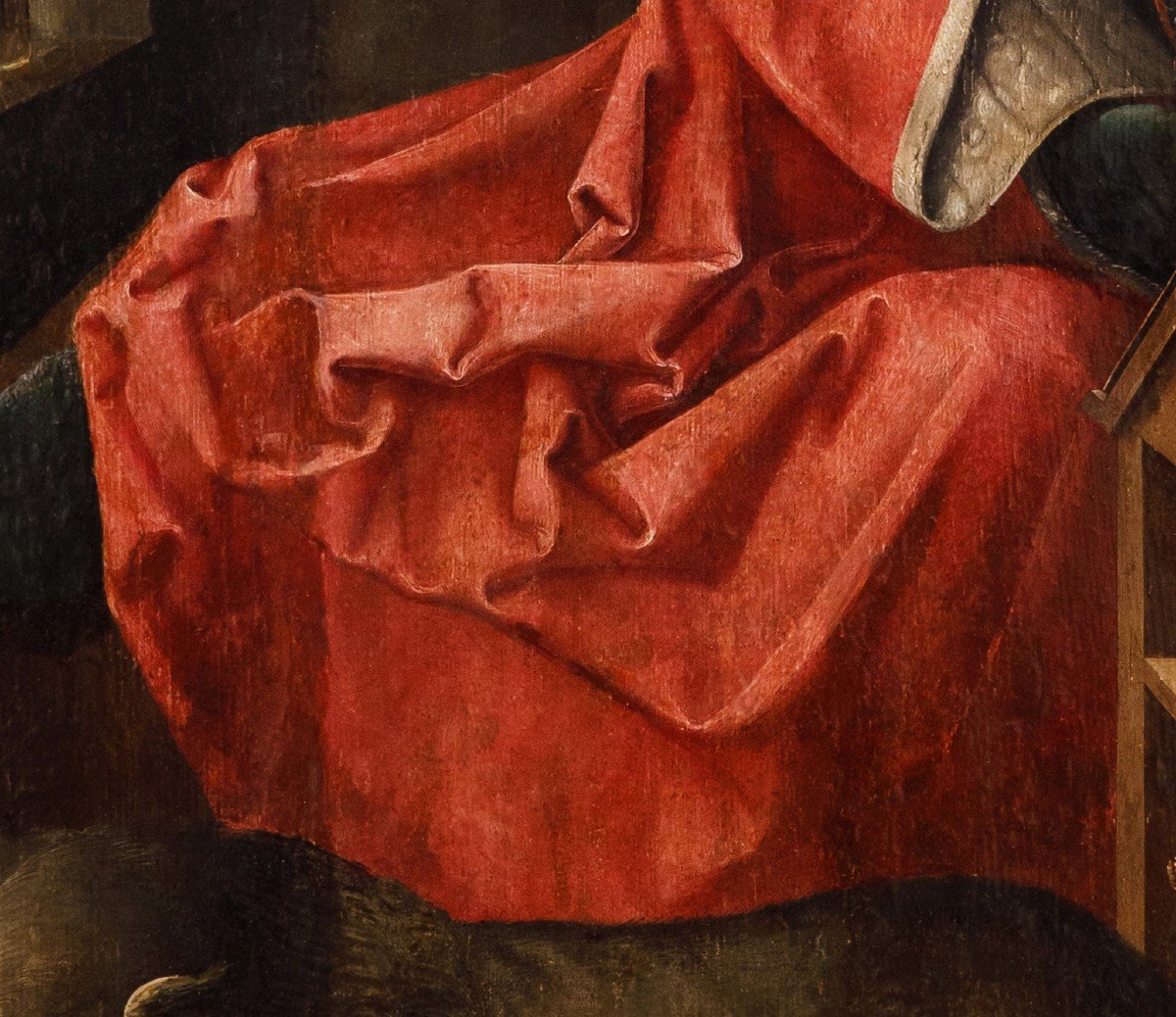
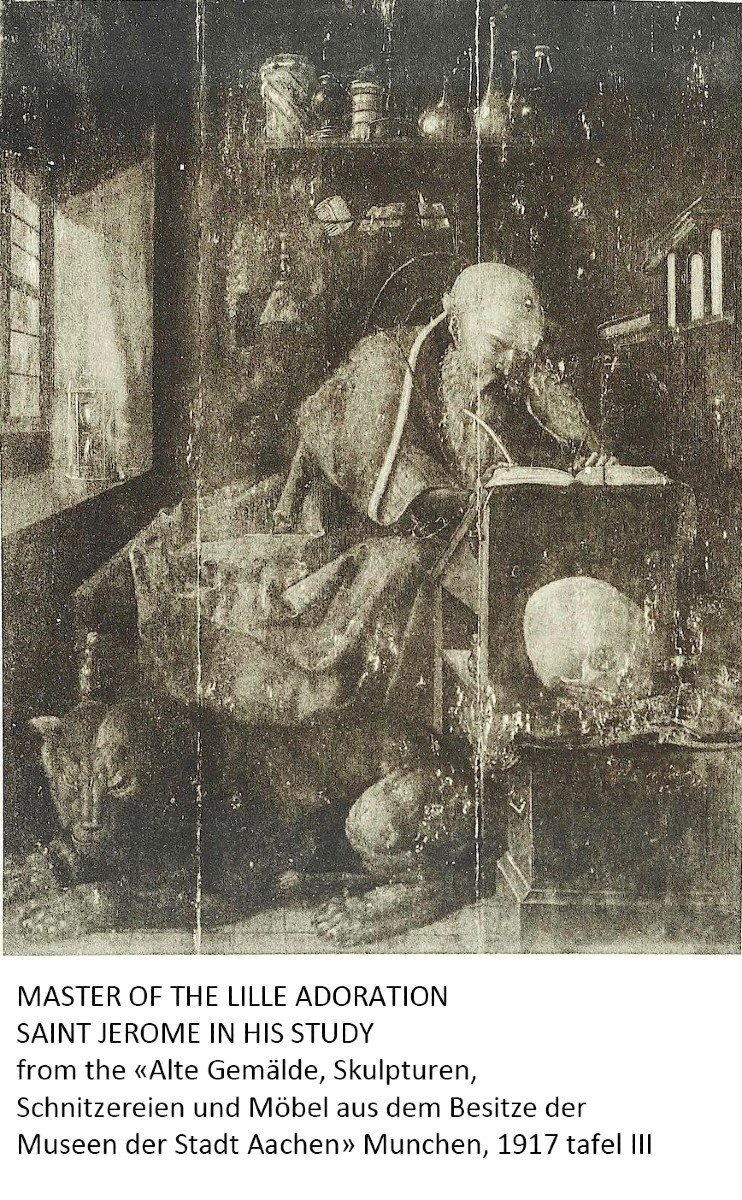
















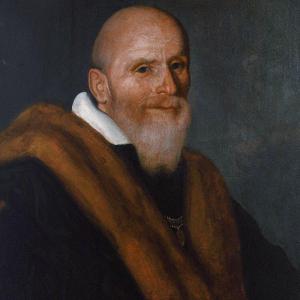
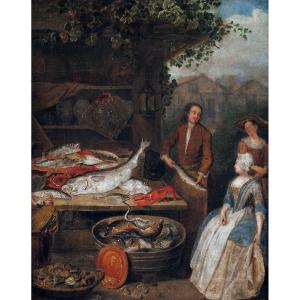
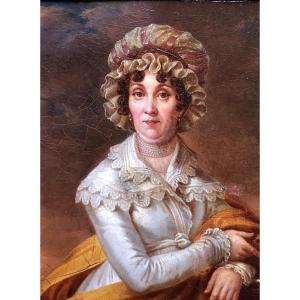




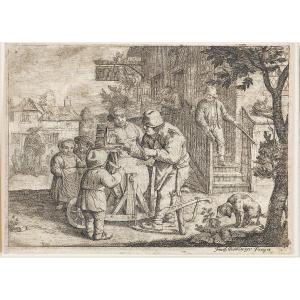



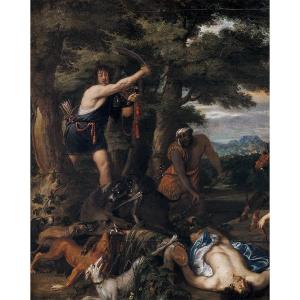
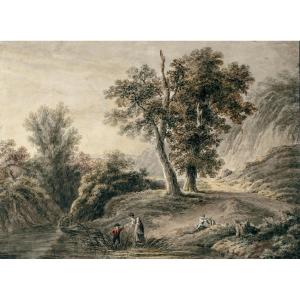

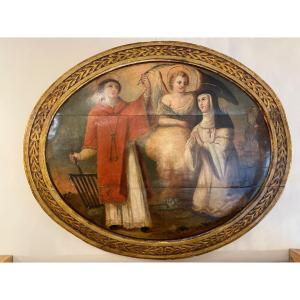


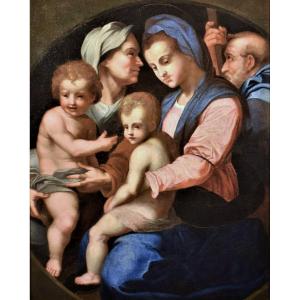



 Le Magazine de PROANTIC
Le Magazine de PROANTIC TRÉSORS Magazine
TRÉSORS Magazine Rivista Artiquariato
Rivista Artiquariato